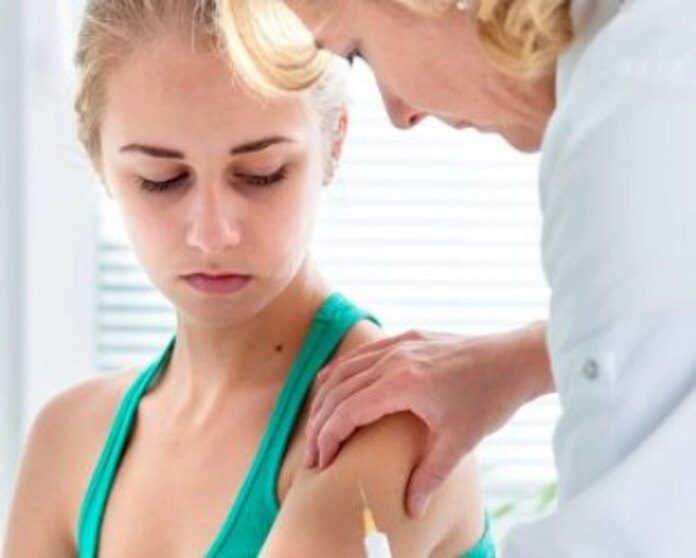
Cervical cancer is a disease that occurs frequently, and our country has one of the highest mortality rates associated with this slowly progressive and “painless” disease. This type of cancer is accompanied by the uncontrolled multiplication of the cells that cover the cervix, the most common cause being infection, following sexual contact, with the human papilloma virus (Human Papilloma Virus – HPV).
Medicine has found a solution to prevent cervical cancer: vaccinating girls aged 9-26, who have not had sexual contact or who have just started their sexual life. It was found that, if the vaccine is administered between 9 and 15 years, the body’s immune response is increased.
Most doctors argue that it is advisable for girls to be vaccinated around the age of 12, so that they are protected before they start having sex.
Good to know
Vaccination is done only for prophylactic purposes. The vaccine does not cure either cervical cancer that has already appeared or HPV infection that has already been established. It also does not exclude the rarer possibility of developing a cervical cancer caused by another cause than infection with the human papilloma virus.
Your little girl will have 3 doses of the HPV vaccine injected into her arm, over a period of 6 months: after the first dose, the following will be done 2 months, respectively 6 months after the first injection.
The vaccine is administered only on the basis of a medical prescription, on the recommendation of the family doctor or gynecologist.
Studies have shown a very good effectiveness of injections with the cause, being provided with total protection against precancerous lesions caused by HPV types 16 and 18.
Research also shows that vaccination provides total protection for a period of 5 years after administration, ongoing research will give more information about long-term protection.
The vaccine creates antibodies that neutralize the action of the virus at the level of the cervix. There was a lot of discussion about the side effects of the vaccine, especially since cases in foreign countries were publicized. Possible side effects of the vaccine are redness or irritation of the skin at the injection site, as well as headache, vomiting and breathing difficulties.
For teenagers full of life, who live intensely in the present, “illness” is a distant notion, difficult to understand. In addition, young girls have little knowledge about their bodies and how they work. For many, the “uterus” or “vagina” is a vague definition from the anatomy textbook, and not a component of their body with a role in motherhood or sexuality.
Therefore, what words to use for a little girl to understand the need for vaccination? Pediatricians suggest that parents explain the HPV vaccine as a way to prevent a sexually transmitted infection.
But, if it’s hard for you to find the right words, turn to an experienced interlocutor – the family doctor, for example.
Mortality from cervical cancer places Romania in first place in Europe. It is a dramatic and shameful situation, and for its remedy, the authorities, gynecologists, family doctors, schools, parents and above all every woman should come together – because every woman is being stalked by this killer disease!
The fact that nothing bothers you means a false security, because cervical cancer evolves silently, without pain, without bothering or with trivial symptoms. One way to prevent this killer disease is the regular annual check-up, during which it is mandatory to collect the screening test for the early detection of cancer, called the Babeş-Papanicolaou test.
In addition, the vaccine appeared, which is optimally administered to teenage girls, before starting sexual life – because this is the way in which contamination with the HPV virus occurs. Parents, the school should know that through a minimal, harmless gesture, they can save their daughters’ lives.






































